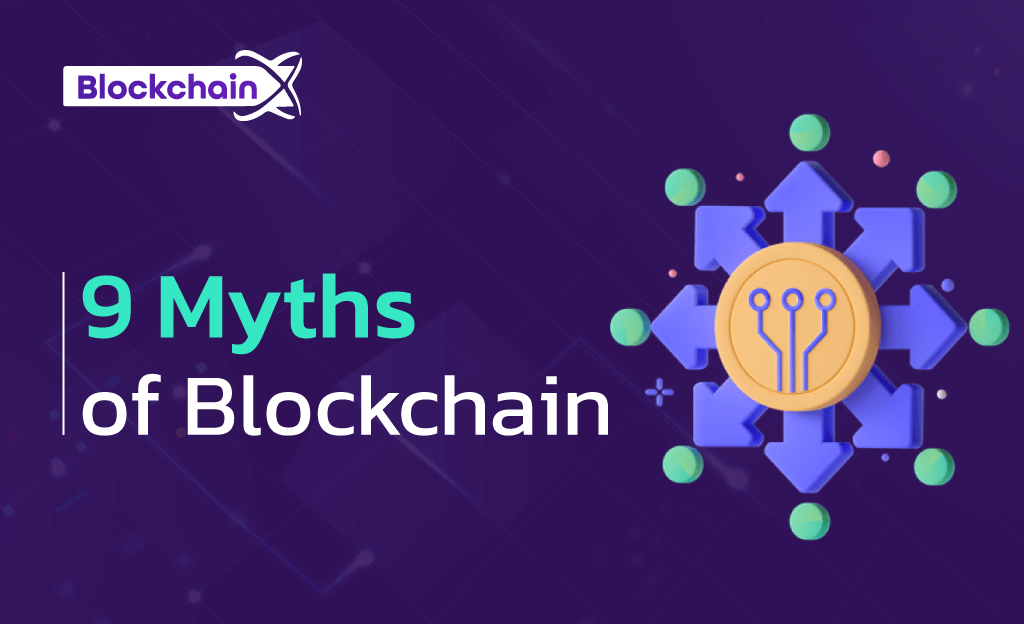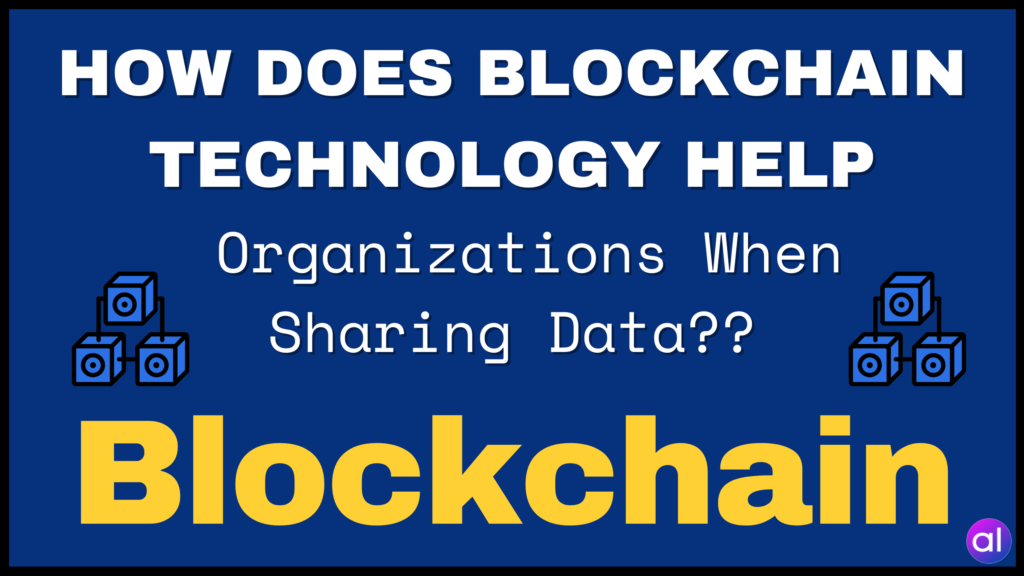
Since the emergence of Bitcoin, there has been a surge in interest in digital currency trading, leading to advancements in the technology that supports it. Blockchain has become a focal point for tech enthusiasts, promising enhanced security for businesses in the online realm.
The robust security of blockchain is rooted in its decentralized database concept. Unlike traditional networks that store their entire database in a single location with a central authority, blockchain uses a distributed ledger system. This system stores data and transaction history in unique hash values within blocks, which are then chained together using cryptographic principles. This decentralized approach ensures that the ledger is distributed among network peers, making it extremely secure against hacking attempts.
Despite its popularity, blockchain is often misunderstood in various aspects that are crucial to its operation. Let’s debunk some common myths surrounding this revolutionary technology:
Blockchain is a Data Structure, Not Just a Database
While blockchain does contain a database, it is fundamentally a data structure. Unlike a typical centralized database, blockchain’s data structure is decentralized and distributed, offering a higher level of security and transparency.
Blockchain Can Be Centralized or Decentralized
Although blockchain is known for its decentralized nature, it can also be structured in a centralized manner. This flexibility allows for tailored solutions based on specific business requirements.
Blockchain Is Not Limited to Peer-to-Peer Networks
There are different types of blockchains, including public, private, and hybrid variations. While peer-to-peer networks are common, blockchain technology can be adapted to suit various network architectures.
Blockchain Has Diverse Applications Beyond Cryptocurrency
While blockchain gained prominence through cryptocurrencies like Bitcoin, its applications extend to industries such as finance, defense, and retail. Its secure transaction capabilities make it a valuable tool in various sectors.
Bitcoin is an Application of Blockchain
Bitcoin is a popular cryptocurrency powered by blockchain technology. However, blockchain’s utility goes beyond cryptocurrencies, with many companies leveraging its benefits for enhanced security and transparency.
Blockchain Simplified
Despite its perceived complexity, blockchain is an accessible technology that replaces traditional transaction fees with a collective consensus model. This innovation enhances security and transaction speed within networks.
Blockchain Transactions Can Be Time-Optimized
While blockchain transactions may take longer due to distributed validation processes, optimization strategies like private blockchains can expedite transaction speeds for specific use cases.
Blockchain Energy Consumption
Blockchain’s validation process, powered by consensus algorithms, may require significant energy inputs. However, alternative approaches like proof of stake offer more energy-efficient validation methods.
Conclusion
Blockchain technology presents a wealth of opportunities across various industries, revolutionizing existing systems and processes. By dispelling common misconceptions, we can better understand and harness the power of blockchain for future innovations. Let’s embrace this transformative technology and unlock its full potential!



